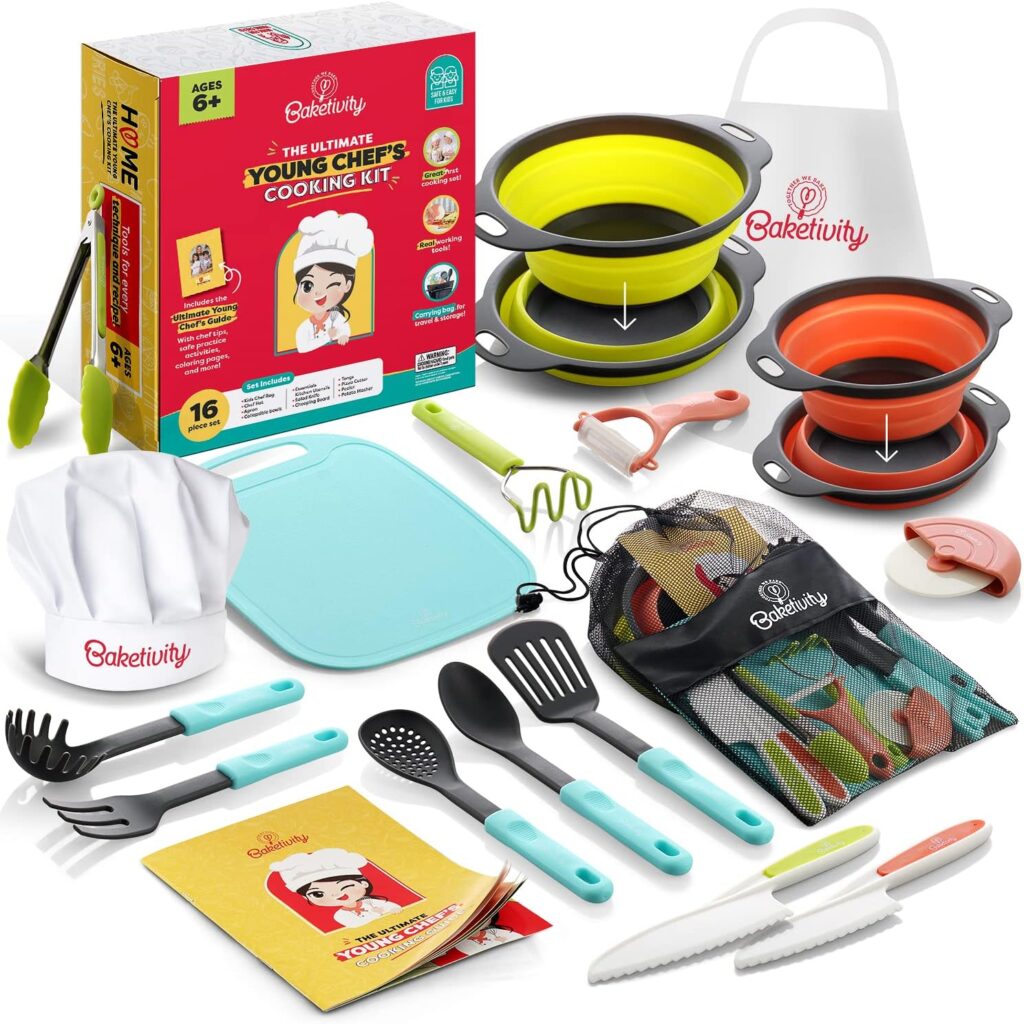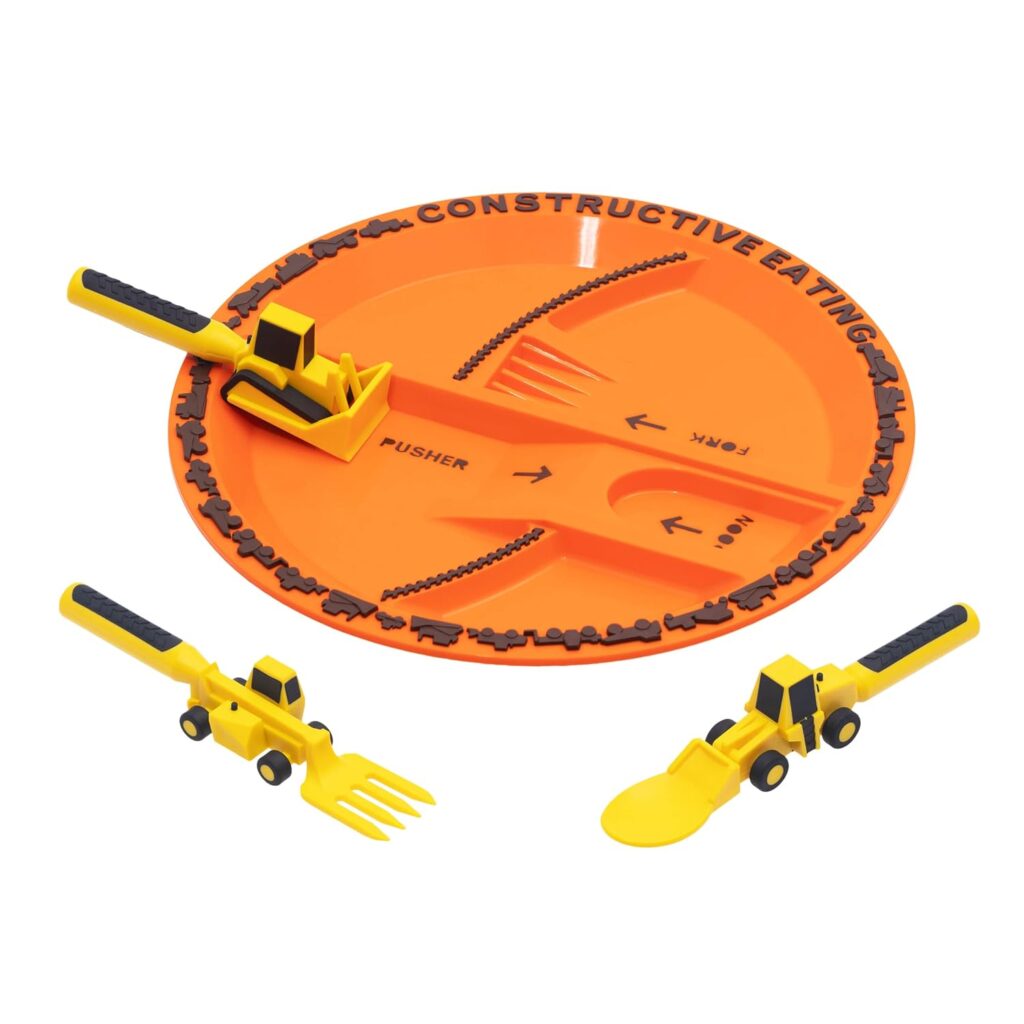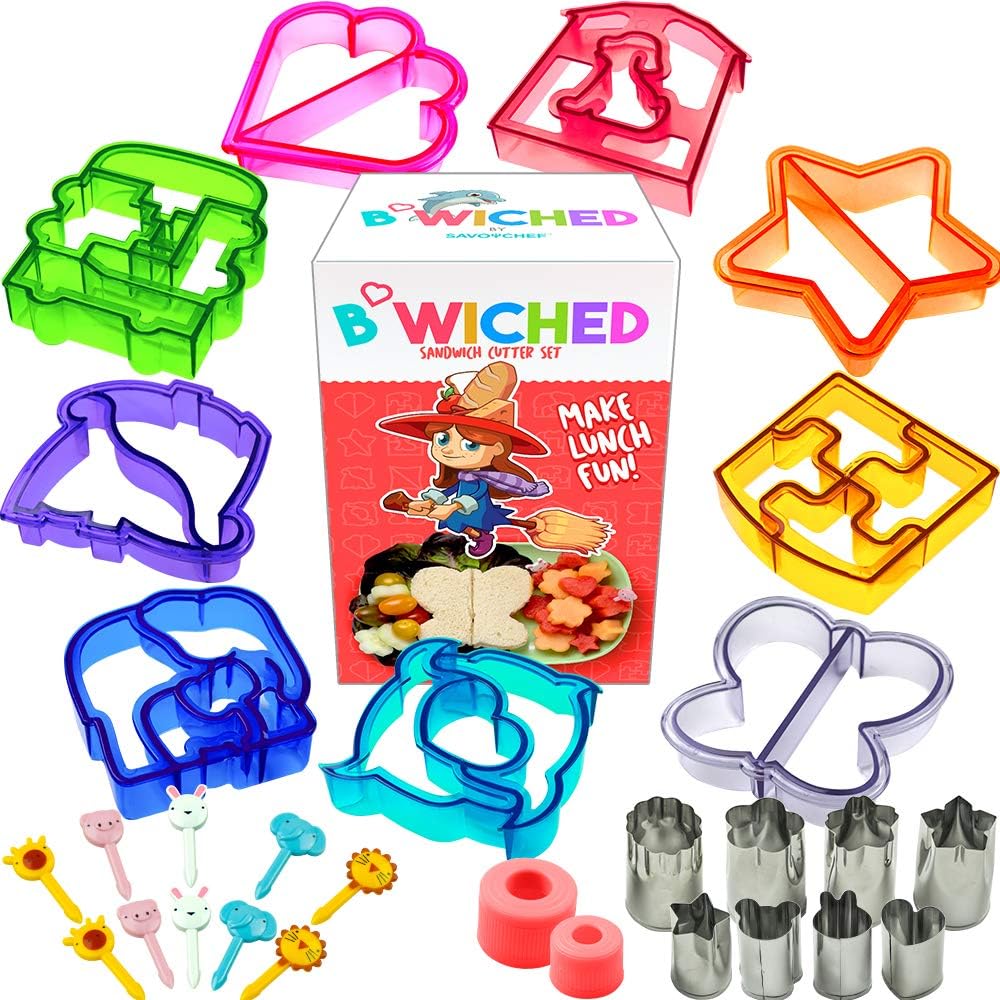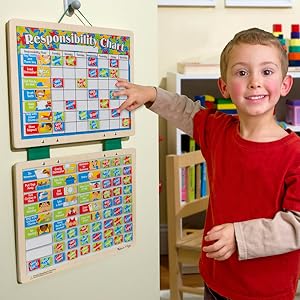Handling a picky eater can feel like an epic battle that tests your patience, creativity, and resolve. If you are tired of serving dinners only to watch your child frown, push the food around, or outright refuse to eat it, you’re certainly not alone. Many parents face the challenge of picky eating, but the good news is that there are ways to navigate this stage effectively without losing your cool. In this article, we’ll cover practical tips and techniques to help turn your picky eater into a more adventurous one. We’ll also recommend a few helpful products available on Amazon that other parents have found helpful.
Understanding Picky Eating
The first step in handling picky eating is to understand that it’s a natural part of childhood development. Kids are wired to be cautious when it comes to trying new foods, which is a mechanism meant to keep them safe. They’re used to certain tastes and textures, and anything unfamiliar can be intimidating. It’s important to remember that picky eating is normal, especially for toddlers who are gaining more independence. Keep in mind that patience and persistence are key. With a little creativity and some effective strategies, you can make mealtimes more positive and less of a struggle.
1. Offer Small, Manageable Portions
If you place a mountain of unfamiliar food in front of a picky eater, chances are they’ll get overwhelmed and refuse to even take a bite. Instead, start small. Offer tiny portions of new foods alongside something they already like. This lowers the intimidation factor, allowing them to feel less pressured. If they show interest and ask for more, you’re already making progress!
A helpful product to keep in mind is the Munchkin Splash Toddler Divided Plate and Bowl Set. Available on Amazon, this set has different sections for various foods, which allows you to offer a variety of small servings without them touching each other. Many kids are particular about mixing textures, so a divided plate can make mealtimes less daunting for them.

2. Be Consistent with Mealtimes
Kids thrive on routine, and establishing a consistent schedule for meals and snacks can go a long way in reducing picky eating. If you offer snacks throughout the day, your child might not be hungry enough at dinner. Stick to a predictable schedule and ensure that meals are spaced out to help build an appetite. Consistency helps children know what to expect, which makes them more likely to participate at mealtimes.
3. Get Your Child Involved in Cooking
Picky eaters are more likely to try foods that they’ve helped prepare. Whether it’s washing vegetables, stirring ingredients, or placing toppings on a pizza, involving them in the cooking process can make them feel a sense of ownership over the meal. This involvement also allows them to become more familiar with different ingredients.
To make cooking with your little one more fun, consider the Baketivity Kids Cooking Set. This highly rated product on Amazon comes with kid-friendly utensils, and an apron. It’s a great way to introduce them to the kitchen in a safe and engaging way.

4. Avoid Turning Meals Into a Battle
It’s tempting to push and prod a child into trying their vegetables, but this often leads to power struggles. Remember, mealtimes should be enjoyable, not stressful. Instead of forcing them to eat, encourage exploration. Let them touch, smell, and even lick a new food without the expectation that they need to swallow it. Over time, curiosity will often win out.
One way to make this easier is by using the Learning Resources New Sprouts Fresh Picked Fruit and Veggie Tote. This play set lets children explore plastic versions of various fruits and veggies in a no-pressure setting. Familiarity can go a long way in reducing anxiety about trying the real thing later.

5. Set a Good Example
Your child is always watching you, and that includes observing your eating habits. If they see you trying new foods with an open mind, they’re more likely to do the same. Make a point of eating together as a family whenever possible, and show excitement about trying different dishes. Children often want to mimic their parents, so being a positive role model can make a big difference.
6. Use Fun Utensils
Making the act of eating more fun can help encourage your child to try new foods. Investing in kid-friendly utensils, such as those shaped like animals or colorful characters, can make mealtime feel less intimidating. For example, the Constructive Eating Construction Plate and Utensil Set is a big hit. The bulldozer pusher and fork lift fork make eating a playful experience. Just seeing a plate of broccoli might bring a frown, but pairing it with a fun utensil can be the nudge they need to take that first bite.

7. Start with Dips
Dips can be a game-changer for picky eaters. Offering a dip alongside a new food can make it more palatable. Kids love ketchup, ranch dressing, or yogurt-based dips, and providing a dip can make a carrot stick, bell pepper slice, or piece of chicken much more appealing. Experiment with different options and find out what your child likes best.
You might consider using a set of colorful dip cups, like these Silicone Dipping Cups. These are perfect for holding small amounts of dip. They’re made from silicone, making them safe and easy to clean.

8. Create Food Art
Transforming food into art can make mealtimes more entertaining for children. Think about creating fun shapes with vegetables or arranging fruits to form a smiley face. A sandwich cutter set can also help turn ordinary food into fun creations. The Savoychef Sandwich Cutter Set is a popular choice, as it lets you cut sandwiches, fruits, and veggies into bite-sized, fun shapes. It turns something ordinary into something your picky eater will want to explore and eat.

9. Take the Pressure Off Trying New Foods
Introducing new foods is best done gradually, without making a big deal out of it. Put a small amount on their plate and simply let it sit there. You can encourage them to taste it, but if they refuse, let it go. Exposure is the key—the more times they see the food, the more likely they are to eventually try it. Studies have shown that kids need multiple exposures (often up to 10 or more) to a new food before they’ll feel comfortable eating it.
10. Limit Distractions During Meals
Try to create a calm eating environment without TV, tablets, or toys. Focusing solely on eating can help make the experience more engaging. When the TV is on, a child is less likely to pay attention to their food, which can prolong mealtime and increase picky eating habits. Set the expectation that meals are a time for sitting together and eating without distractions.
11. Make Foods Familiar
Instead of introducing a completely foreign food, try incorporating a small amount of a new ingredient into a meal that’s already familiar to your child. For instance, if they like pasta, you could finely chop some vegetables and add them into their favorite sauce. By gradually introducing new tastes and textures in a familiar setting, your child is more likely to give the new ingredients a chance.
A tool that can help you incorporate veggies is the Fullstar Vegetable Chopper. With it, you can easily chop veggies into tiny, almost unnoticeable pieces that can be added to your child’s favorite dishes.
12. Give Your Child Choices
Providing choices can give your child a sense of control. Instead of asking if they want vegetables, ask if they would prefer carrots or broccoli. When a child feels like they’re making the decision, they’re more likely to cooperate. Just be sure that both options are something you want them to eat.
13. Reward Small Successes
When your picky eater does try something new, celebrate their success—but try to avoid using food as a reward. Instead, praise them for being brave and trying something different. Stickers, a small toy, or just a round of applause can work wonders. The Melissa & Doug Responsibility Chart can be used to track their progress and reward milestones. This gives them a visual representation of their achievements, encouraging them to continue making progress.

14. Respect Their Appetite
Sometimes kids just aren’t hungry, and that’s okay. Pushing them to eat when they’re not interested can lead to negative associations with food. Respect their appetite and let them decide how much they want to eat. By creating a positive, pressure-free environment, you’re fostering a healthier relationship with food that will help them in the long run.
15. Stay Positive and Patient
One of the most important things to remember is to stay positive and patient. Your child is likely not being picky on purpose, and it’s important to remember that every child is different. Some take longer to warm up to new foods, and that’s perfectly normal. Keep mealtimes light, and try not to show frustration. Celebrate the small victories and know that, in time, your child will expand their palate.
16. Make Smoothies
If your child is particularly resistant to fruits and veggies, smoothies can be a great way to sneak in some nutrition. Mixing fruits, leafy greens, and even a little bit of yogurt can create a delicious treat that feels like a reward. Involve your child in choosing which fruits they want to include, and make it a fun activity. A blender like the NutriBullet Personal Blender makes it easy to blend single servings of smoothies with minimal cleanup.

17. Focus on the Long-Term Relationship with Food
Ultimately, the goal is to help your child develop a positive relationship with food. The process can be slow, but the key is persistence, patience, and making mealtimes as pleasant as possible. It’s okay if they refuse a food one day, keep offering it in different ways, without pressure, and let them explore at their own pace.
18. Don’t Forget Supplements if Needed
If you’re really concerned that your picky eater isn’t getting the necessary vitamins and nutrients, you may want to consider supplements. Always consult with your pediatrician first, but many parents find that adding a multivitamin helps them feel more confident about their child’s nutrition. The SmartyPants Kids Formula Daily Gummy Multivitamin, highly rated on Amazon, is a popular choice for children who struggle with a balanced diet.

19. Keep Trying, Even When It’s Hard
It’s easy to feel discouraged when your child rejects a meal you put effort into preparing, but it’s important to keep trying. Picky eating is something that will most likely improve with age, especially if you keep presenting a variety of foods without forcing them. Remember, you’re not alone in this struggle—many parents have been where you are now, and with perseverance, you’ll come through the other side with a child who has a well-rounded and healthy relationship with food.
Conclusion
Handling a picky eater can be challenging, but with a little creativity, patience, and consistency, you can help your child become more open to trying new foods. The most important takeaway is to avoid pressure and stress, create a positive mealtime environment, and celebrate small wins. Remember, this is a journey that takes time, and every child’s pace is different. By offering a variety of foods, involving your child in the process, and using helpful tools like those mentioned above, you’re setting the stage for a healthier future—one bite at a time.
Are there any specific strategies you’d like to try first? Don’t be afraid to experiment and find what works best for your little one.
